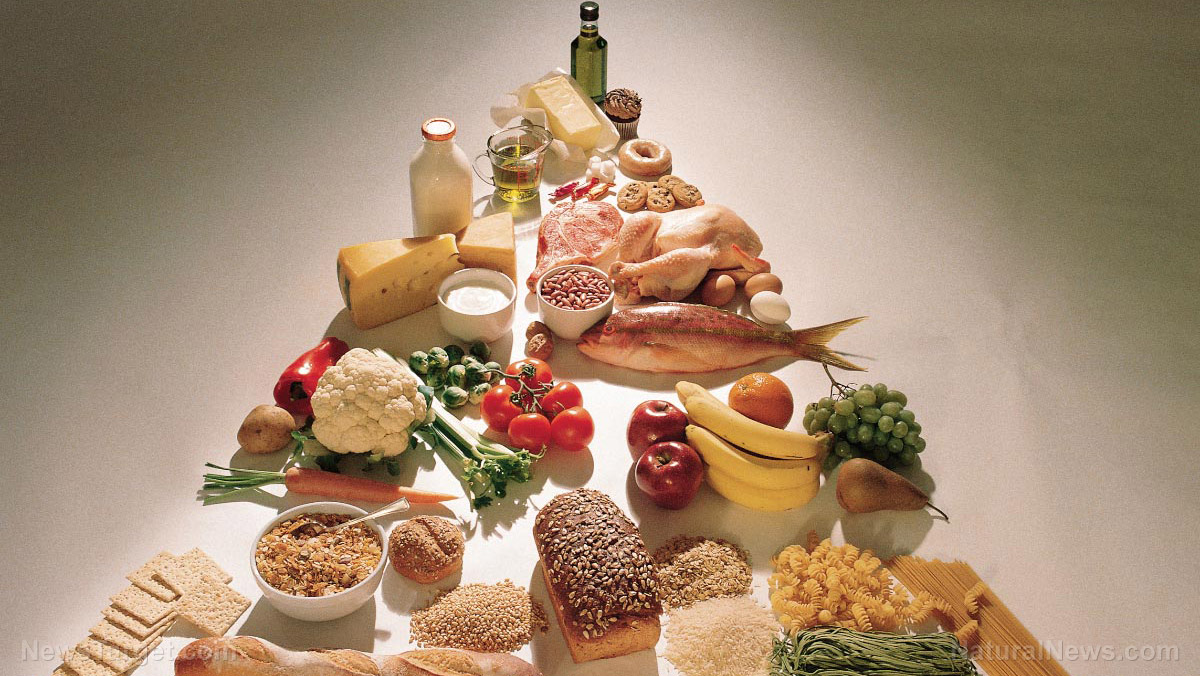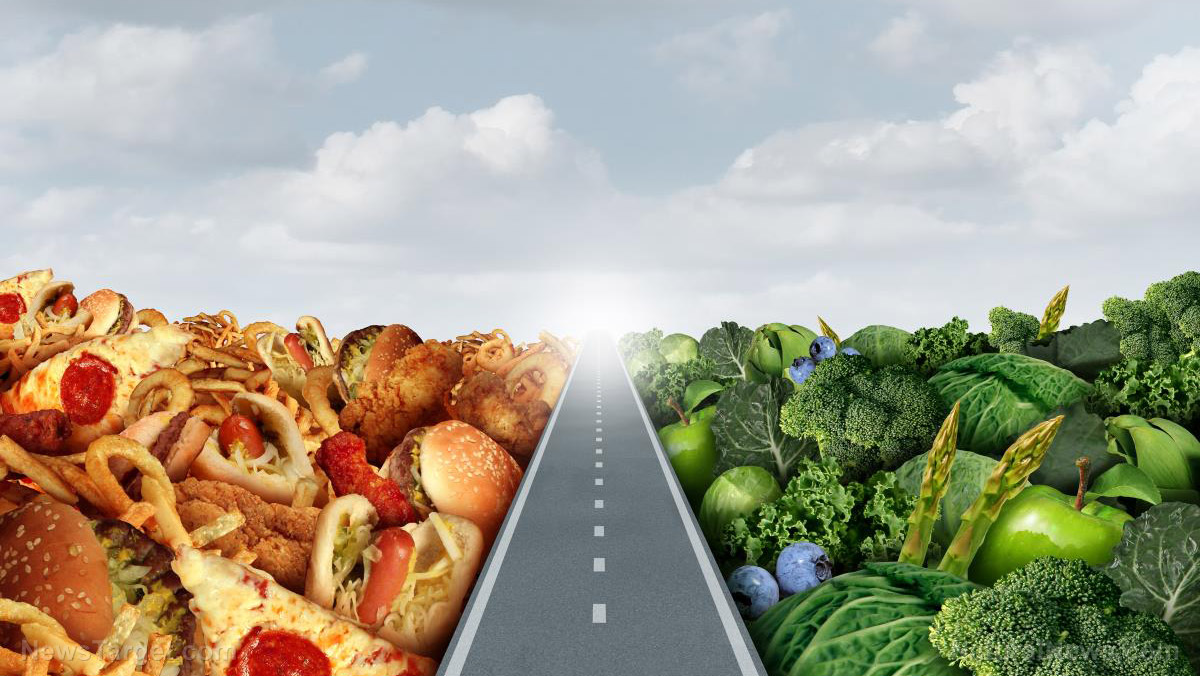Food swamps – areas stacked with fast food restaurants – may be contributing to Type 1 diabetes in the U.S.
01/31/2019 / By Carol Anderson

New York is popular for being a food haven – not just because of upscale restaurants, but also because of fast food chains. In 2017, New York City was even named the fast food capital of the U.S.
While this greatly helps the lives of millions of New Yorkers who are too busy to stop for a decent meal, the negative impacts of fast food are beginning to prevail. In a new study published in the Journal of the Endocrine Society, experts found that food swamps – areas with a high prevalence of fast food restaurants – are contributors to the increasing rate of Type 1 diabetes in adults and children.
Researchers from the New York University (NYU) were surprised to find that Type 1 diabetes – believed to be caused by genetics – is also linked to the lack of fresh and organic food. Although Type 2 diabetes is more common among Americans, it appears that the risk of developing it – although significant – is still not as high as that of Type 1 diabetes.
“I was really surprised to see type one linked to the food environment. It’s not something we set out to find. But then when I thought about it more, maybe it shouldn’t be so surprising. Rates of Type 1 diabetes have been climbing pretty fast even among very young children, so then genetics can’t be the whole story,” said Dr. David Lee, an associate professor at the NYU School of Medicine.
The team of researchers analyzed emergency claims of patients with a history of diabetes who visited an emergency department between 2009 and 2013. They aimed to find the connection between the prevalence of fast food chains and the increase in people with Type 1 diabetes.
Results showed that for people aged 18 and above, 11,561 had Type 1 diabetes and 528,862 had Type 2 diabetes. Among children, 3,333 had Type 1 diabetes while 1,794 had Type 2 diabetes.
Neighborhood-level factors such as demographic, socioeconomic, and food environment characteristics were also analyzed. Within a one-mile radius area where there’s an abundance of food swamps, it appeared that prevalence of Type 1 diabetes was 0.23 percent and Type 2 diabetes was 10.5 percent among adults. For those aged between 10 and 17 years, the prevalence of Type 1 diabetes was 0.2 percent while Type 2 diabetes was at 0.11 percent. However, the researchers found that the prevalence of adult Type 1 diabetes was lower, and the pediatric Type 1 diabetes higher, when the retail food radius was increased to two miles.
“Our research suggests that an adverse food environment has an important influence in type one diabetes, and a more thorough investigation of genetics, health behaviors, and cultural influences should be considered for type two diabetes.”
Meanwhile, the study also showed that although higher rates of diabetes are recorded in places with many fast food restaurants, no impact was found on pediatric Type 2 diabetes. (Related: Reverse type 1 diabetes with a raw food diet.)
Lee said, future studies must also look into factors such as cultural dietary patterns and ingrained patterns of belief on how diabetes develops. According to him, this will help determine what causes particular areas to face “a much higher burden of disease.”
Diabetes is seventh among the top causes of death in the U.S. Currently, Type 1 diabetes – an autoimmune disease – affects more than 1.3 million American adults while Type 2 diabetes, which is a combination of insulin resistance and deficiency, affects over 21 million adults in the U.S.
As per Lee’s suggestion, the important thing to remember is whatever we consume matters as it may have an effect on the body, and can trigger some conditions. He added, “Even some simple steps could have a huge impact on your health.”
Learn how to prevent and even reverse diabetes the natural way at DiabetesScienceNews.com.
Sources include:
Submit a correction >>
Tagged Under:
diabetes, Diets, disease risk, eating habits, fast food, food swamps, pediatric diabetes, poor nutrition, type 1 diabetes, Type 2 Diabetes
This article may contain statements that reflect the opinion of the author
RECENT NEWS & ARTICLES
JunkFood.News is a fact-based public education website published by Junk Food News Features, LLC.
All content copyright © 2018 by Junk Food News Features, LLC.
Contact Us with Tips or Corrections
All trademarks, registered trademarks and servicemarks mentioned on this site are the property of their respective owners.





















